
City of Wonders: Finding Reykjavik's Location
Jump to chapter
The main hub of Iceland is the lively city of Reykjavík. A popular tourist destination that also functions as a home to many Icelanders. The city is known for its fun nightlife, delicious restaurant scene, tranquil hot springs, and so much more. But did you also know there are some fascinating attributes about this quirky city? Here are 11 intriguing and interesting facts about Reykjavik, Iceland’s adored capital.
Where is Reykjavik?
Reykjavík is the capital of Iceland and is located at 64.13° N latitude. It is the world's northernmost capital city, which means it is closer to the Arctic Circle than any other capital city in the world. Despite its northern location, Reykjavík has a relatively mild climate due to the Gulf Stream, making it a popular tourist destination year-round. Its unique geographical position adds to the charm and character of the city, attracting visitors from all over the world.
11 Interesting Facts About Reykjavík
The Home of the Famous Hot Dog Stand
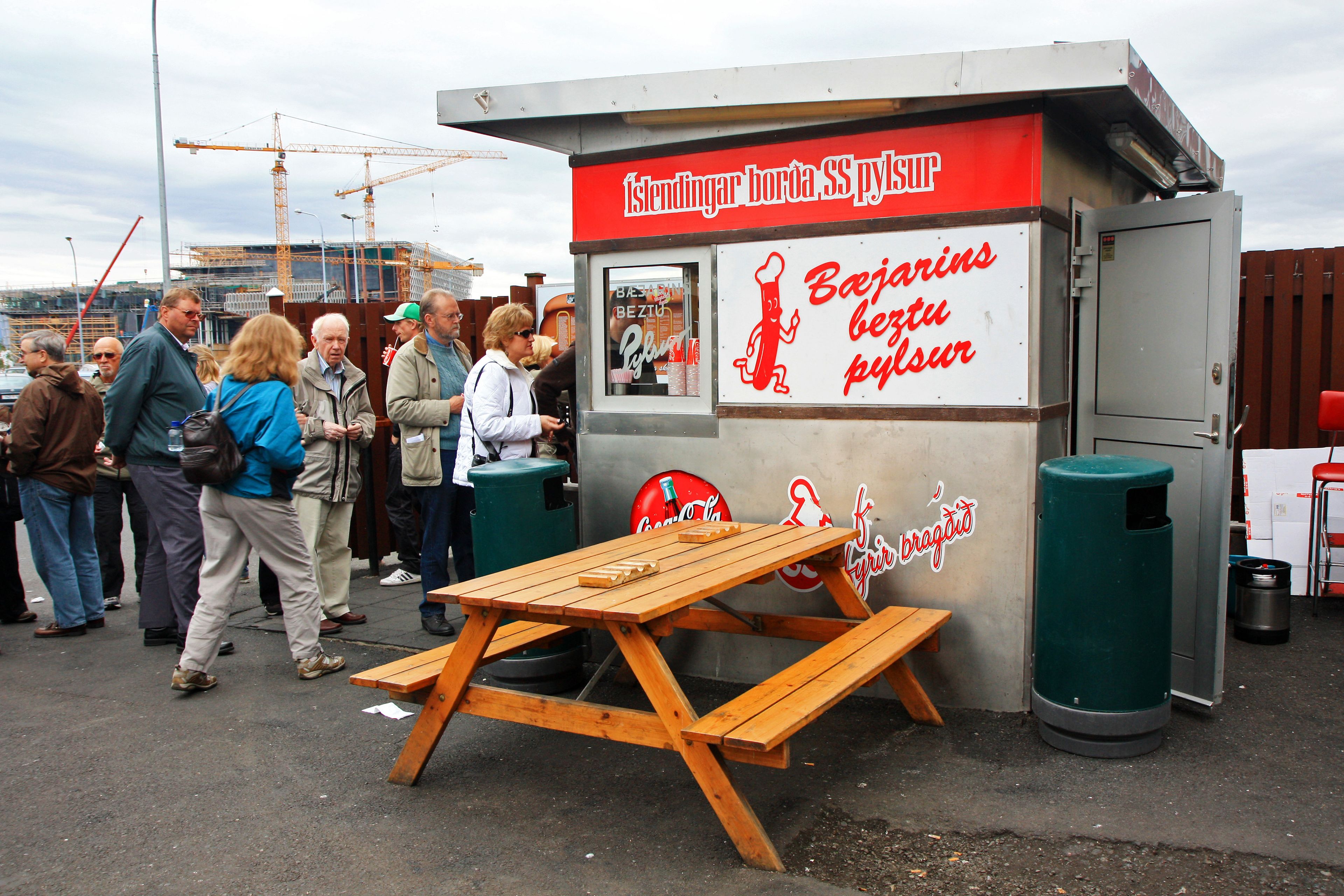
Photo by A S
Bæjarins Beztu Pylsur, or "The Best Hot Dog in Town," is a famous hot dog stand located in downtown Reykjavík. It has been in operation since 1937 and is a popular spot for locals and tourists alike. The hot dogs are made with a blend of lamb, pork, and beef and are topped with ketchup, sweet mustard, fried onions, and remoulade. Be sure to stop by and try one for yourself!
Home Of Iceland’s Population

Did you know that about 60% of Iceland’s population lives in Reykjavik? There are over 376,248 people that live in the country as of January 1, 2022. Since most of the population lives here, it has become the country's economic center. That means more jobs are available, in addition to it being a hot spot for nightlife and dining. Which attracts even more visitors.
So what is the cost of living in Reykjavik? Estimated monthly costs are $1,152 or 158,684kr for a single person, without rent. Reykjavik is only 11.39% less expensive than New York City, and that is not including rent.
The monthly rent for a 900-square-foot apartment, in a nice area of Reykjavik, is around $2,000 or 284,594 kr. A higher place than the average household in the United States. But with the breathtaking views of the city and being a short drive from Iceland's nature, it is oh so worth it. All you need to do is rent a small car and enjoy the quick trip.
The Leif Erikson statue

While the United States has the Statue of Liberty, Iceland has the Leif Erikson Statue. The statue was a gift from the United States to Iceland in 1930. It became a memento to celebrate the one-thousandth anniversary of Alþingi, which is the parliament of Iceland.
So who is Leif Erikson? Simply put, he was the first European explorer to reach North America. This was known to have happened four centuries before 1492 when Christopher Columbus arrived.
There are other Leif Erikson statues located in America too. Boston, Massachusetts, and Chicago are a few cities that have it. In 1887 Boston installed the statue, which was the first public sculpture to honor the explorer. Chicago’s statue is located in the infamous Humboldt Park. You can even make it a life goal of yours, to visit all of the Lief Erikson statues located throughout the world.
The World's First Openly Gay Head of Government
In 2009, Jóhanna Sigurðardóttir became the world's first openly gay head of government when she was elected as Iceland's Prime Minister. She served until 2013 and was a strong advocate for LGBTQ+ rights during her time in office. Reykjavík is known for its progressive attitudes towards the LGBTQ+ community, and the city hosts an annual Pride festival that attracts thousands of visitors.
The City of Colorful Houses
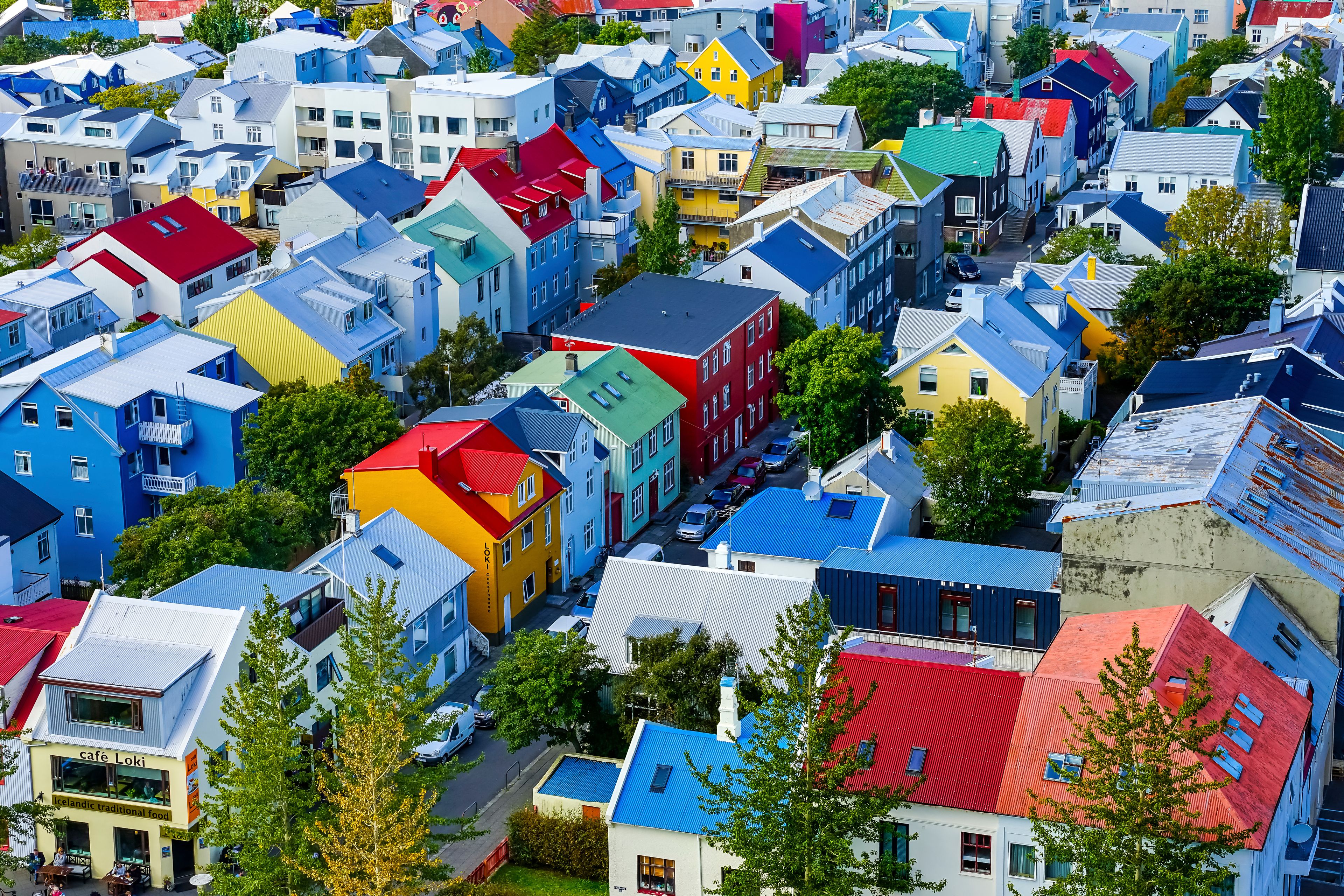
Reykjavík is known for its colorful houses, which can be seen throughout the city. This tradition dates back to the 18th century when the city was first established. At the time, the houses were painted in bright colors to help residents find their way home in the dark winter months. Today, the colorful houses add to the city's charm and make for a picturesque backdrop for photos.
A Geothermal Energy Hotspot
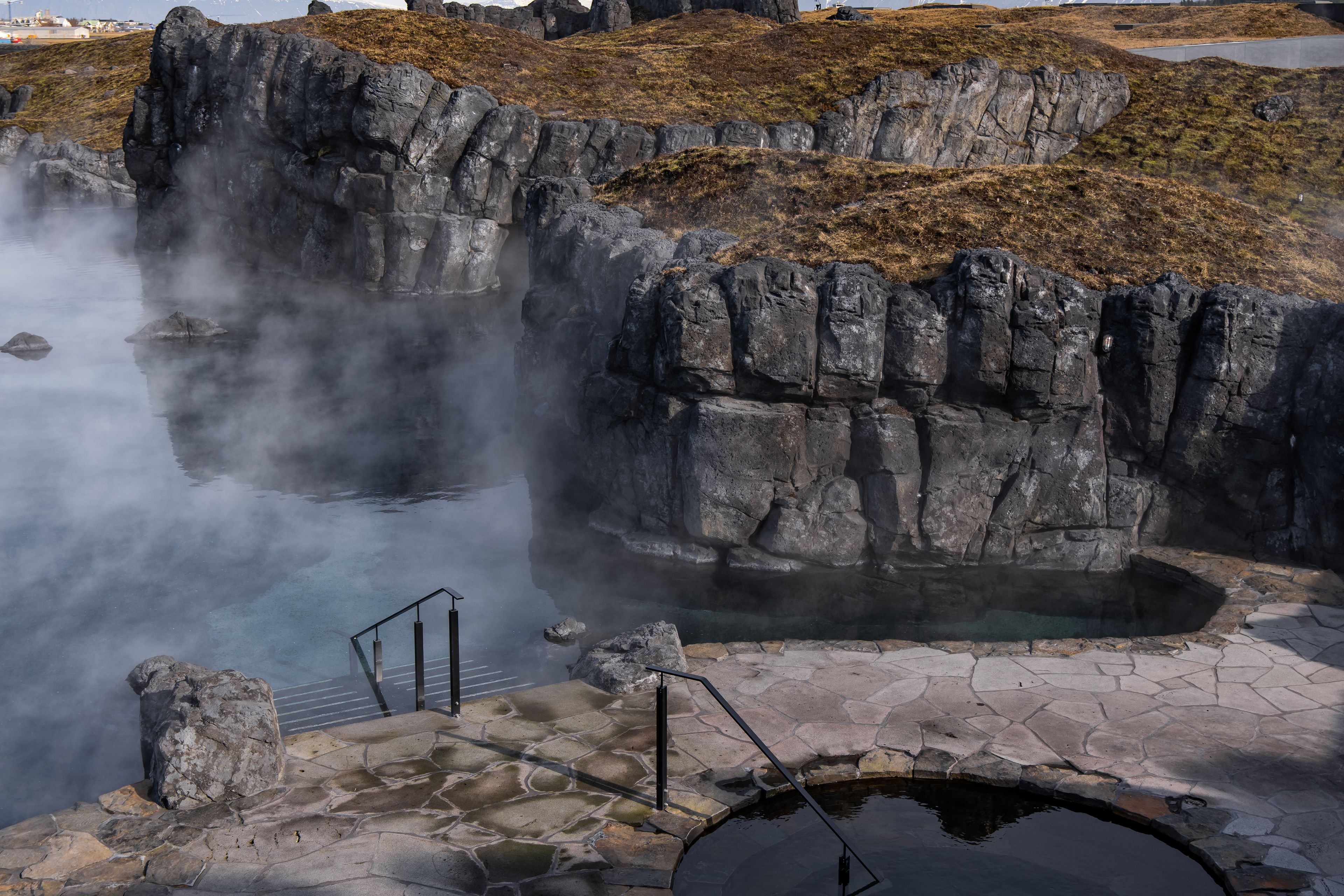
Geothermal Energy heats the entire city of Reykjavik. How does this work? The steam is emitted from fissures and the mineral-rich water is operated by geothermal energy plants to heat fresh water. Then the high-pressure steam is used for electricity. While low-pressure steam and separated water are used for heating fresh groundwater. With all of these combined, the Reykjavik region becomes heated.
If soaking in geothermal water is more than what you are looking for, Reykavik has got that covered for you too. You can check out Sky Lagoon, a geothermal pool that is located only ten minutes away from Reykjavik City Center. You can spend your day relaxing in their pool or trying their seven-step ritual. A spa day that allows you to dive in a cold plunge, relax in a steam room, soak in a geothermal pool and so much more.
No mosquitoes

There are 1,600 species of dryland animals living in Iceland, according to the Icelandic Web of Science. Despite this variety, one species is missing: the mosquito! Iceland is among the few places on earth without mosquitoes.
There Are No McDonald’s Here

Sorry McDonald's fans, you aren’t going to win this one. There was once a McDonald's restaurant in Reykjavik back in 1993. The prime minister even ordered a Big Mac at this In Reykjavik location. The issue was that the meat was coming from local Icelandic farms when the meat shortage entered the country. The menu items were then imported from Germany, which came with heavy taxes during the crisis. This caused the menu items to soar to 20% more than usual. Iceland had the highest-priced Big Mac in the entire world in the year 2009. The restaurant then closed down in 2009 due to the financial impact that happened in 2008. On the final day that McDonald’s was open, Icelanders crowded the restaurant for one last time. More than 10,000 burgers were sold that day.
It’s Never Been Over 80 Degrees
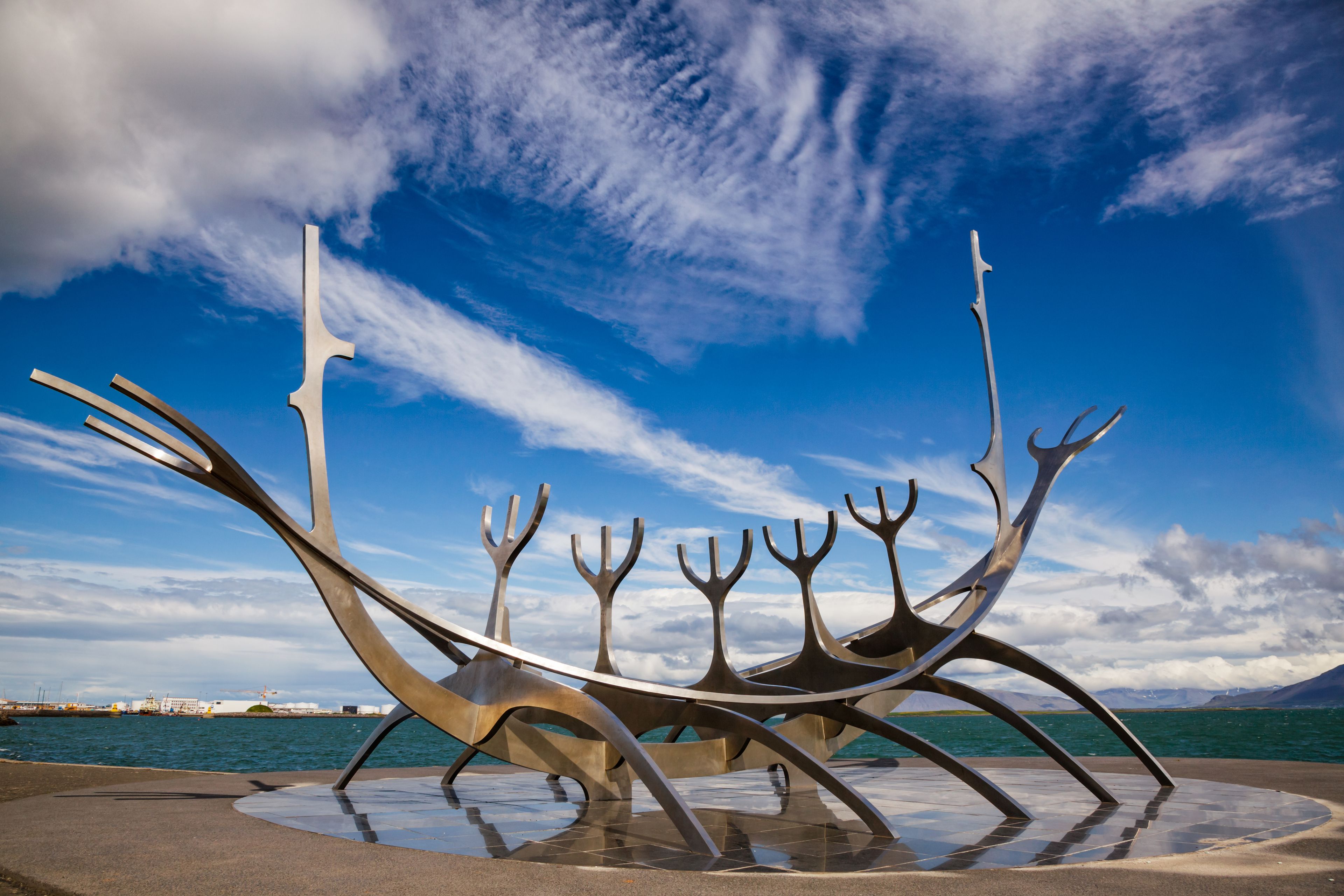
Did you know that heat waves are not an issue in Reykjavik? It has never been hotter than 80 degrees. The warmest month of the year in the city is July. 56°F is the high average temperature, with lows sitting at 48°F. In July of 2008, the Icelandic Meteorological Office reported that Reykjavik hit 78.2 Fahrenheit. This was the highest temperature ever recorded in Reykjavik. Not necessarily a normal heat wave, but a little summer treat for the locals.
The highest temperature ever recorded in the whole country of Iceland was on the east side of the Island. This happened in 1939 when Iceland reached 30.5 degrees Celsius or 86.9 F.
In contrast, Reykjavik’ss coldest day in history was in January of 1971. The temperatures dropped to -19.7 °C or -3.5 °F. A very frigid day in the city. In this day and age, the coldest temperature each year falls around -10/-12 °C or 10/14 °F. A slight improvement from 1971.
It Has A Penis Museum
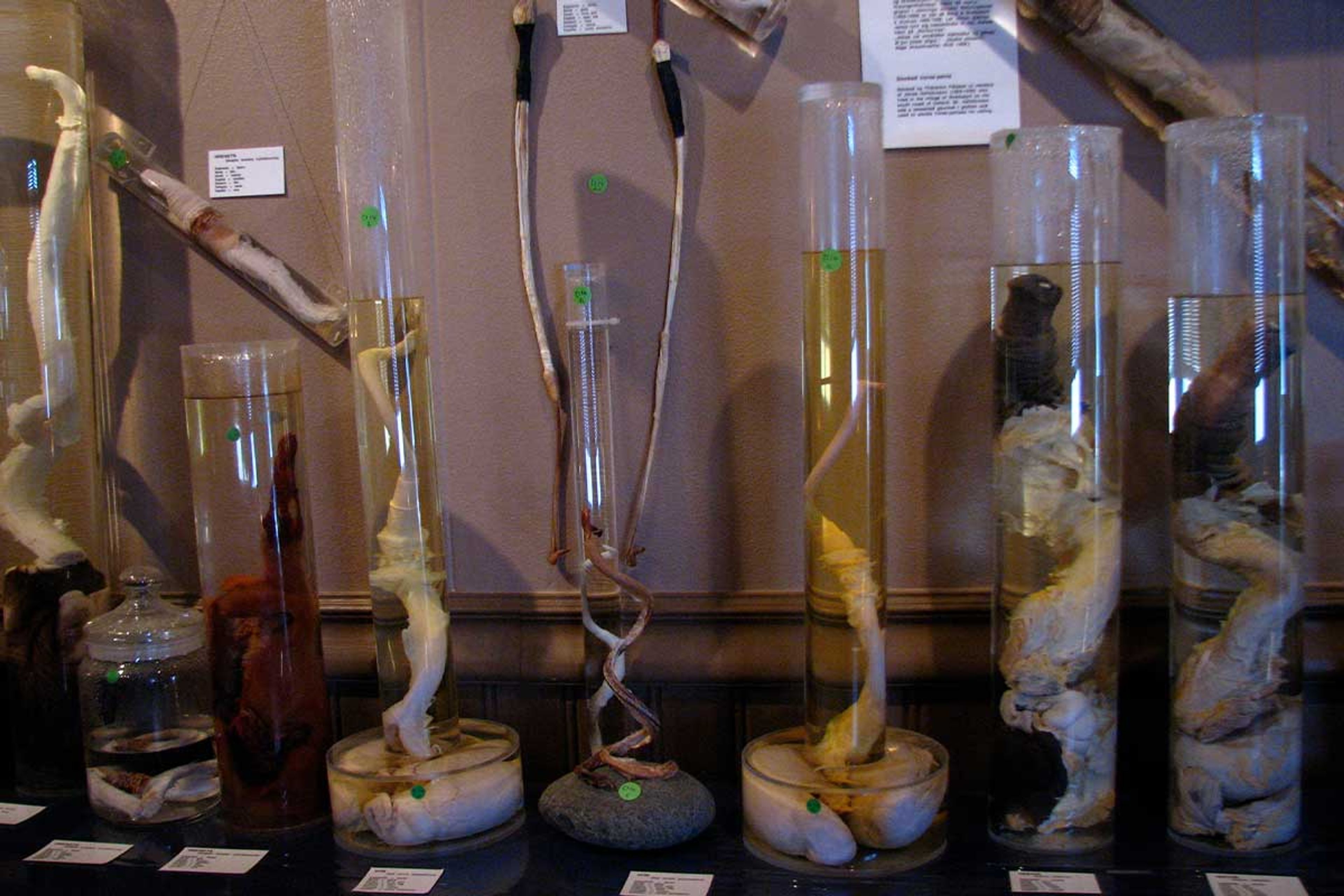
That’s right! Reykjavik is home to a big museum full of different types of penises. It may sound a little crazy but it is an educational experience to have when visiting Iceland. The Icelandic Phallological Museum contains a group of more than two hundred penises and penile parts belonging to nearly all the land and sea.
When you visit the museum you will see fifty-five specimens belonging to sixteen different kinds of whales. How cool is that? One specimen was taken from a rogue polar bear and thirty-six specimens belonging to seven different kinds of seal and walrus. There are also more than one hundred fifteen specimens originating from twenty different kinds of land mammals. That is a lot of different mammal penises for you to learn about. But hey, let’s face it, this is probably the only time in your life you will have the opportunity to check them out. So keep Reyjavik weird and add the Icelandic Phallological Museum to your list! You can even take home a funky souvenir from the gift shop on your way out.
The Home of the World's Oldest Parliament
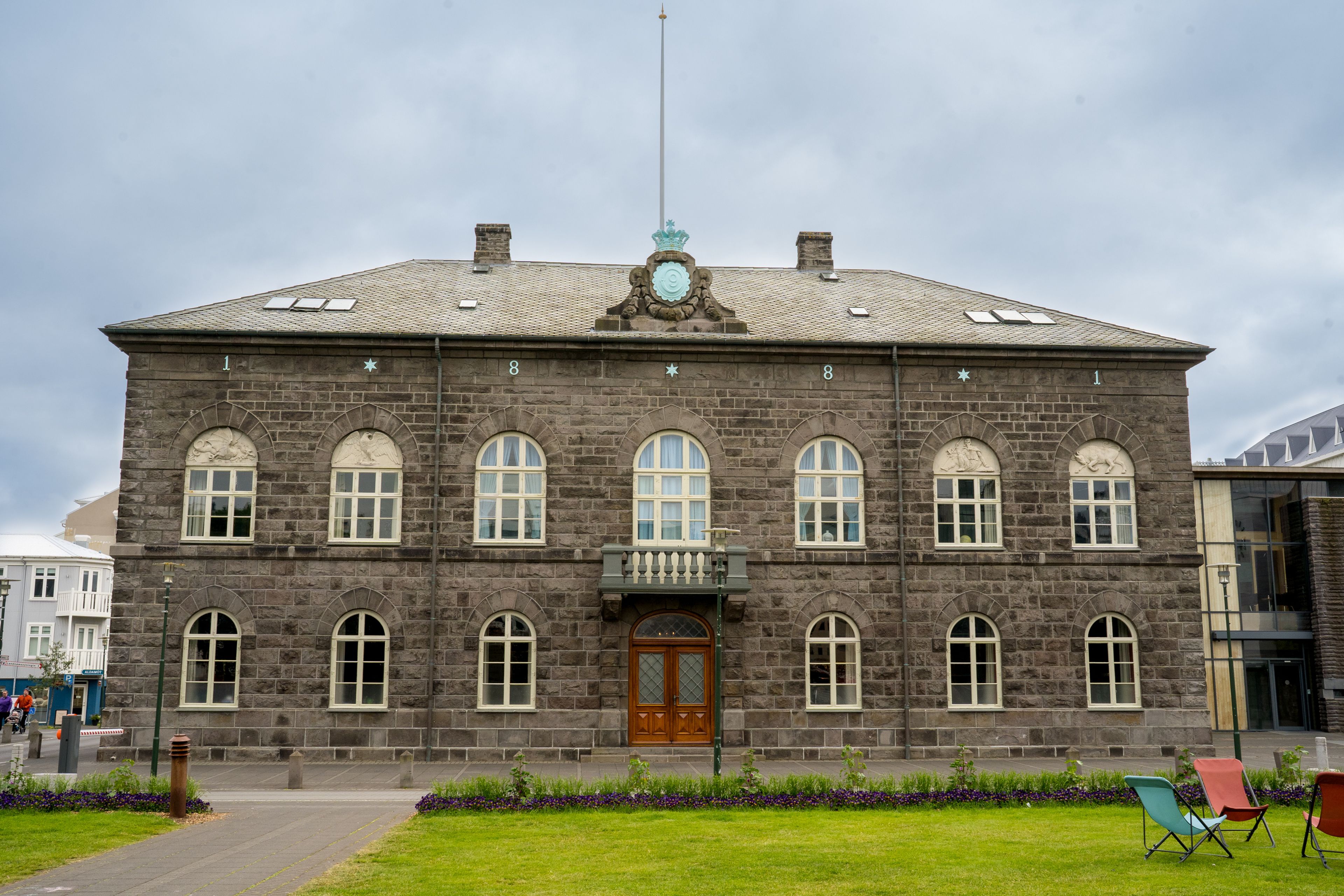
Iceland is home to the world's oldest parliament, the Alþingi, which was established in 930 AD. The parliament was originally held at Þingvellir National Park, located about 45 minutes from Reykjavík. Today, visitors can visit the park and see the spot where the parliament was first held. The Alþingi is still in operation today, making it one of the world's longest-running parliaments.
Conclusion
Reykjavík is a city full of surprises and unique experiences. From its colorful houses to its stunning natural landscapes, there is something for everyone to discover in this charming city. Whether you are interested in culture, outdoor adventures, or simply want to relax in a geothermal spa, Reykjavík has it all. So pack your bags and get ready to explore this magical city.
Frequently Asked Questions
Latest Blog Posts
 Packing
PackingThe Ultimate Iceland Packing List
Traveling to Iceland is an exciting adventure filled with the promise of breathtaking landscapes and unique experiences. This country offers an unparalleled variety of attractions, and there are a lot of things to do, most of them outside. For this reason, one of the most important things to consider when planning your trip to this beautiful Nordic country is what to bring in your suitcase. The climate here is as varied as the natural wonders you’ll find, and it’s not the same when planning a trip for summer as it is for January, for example. However, there are many things that you should put in your bags regardless of the season you’re coming here. In this guide, we’ll help you pack for Iceland across all seasons, ensuring you have everything you need without overpacking.
 Packing
PackingWhat to Wear in Iceland in July: Full Packing List
July is a fantastic time to visit Iceland. The days are long, the sun is out, and the landscapes are blooming. While the higher areas might still hold onto some snow, most of the island is open for adventure. Whether you’re hiking to waterfalls, exploring the coast, or just soaking in the endless daylight, July gives you the best of Iceland’s summer. To help you stay comfortable and ready for whatever comes your way, here’s a guide to packing smart for your trip.
 North Coast
North CoastThe 15 Best Things to Do in Akureyri
If you're planning a trip to North Iceland, you’ve got to check out Akureyri. It’s a lively town surrounded by amazing fjords and awesome mountains. People call it the "North Capital of Iceland" because it mixes incredible natural spots with a cool cultural scene. Whether you’re into outdoor adventures, want to explore the local culture, or need a cozy place to unwind, Akureyri has something for you. We've put together a friendly guide with the top 15 things to do while you’re there, along with some handy tips to help you make the most of your visit.
